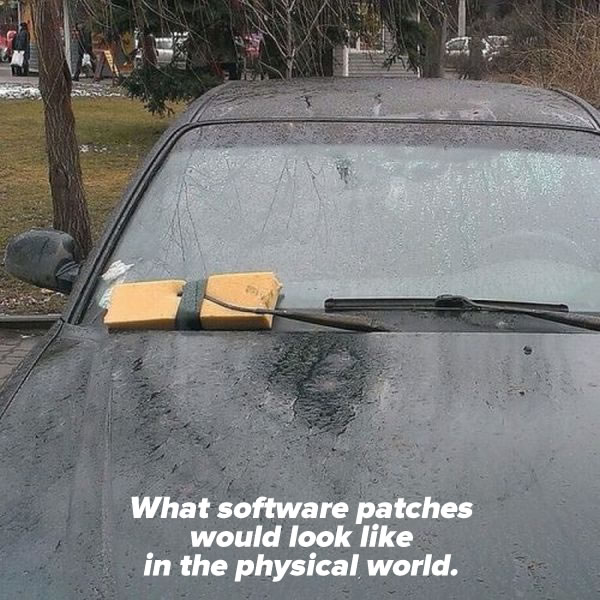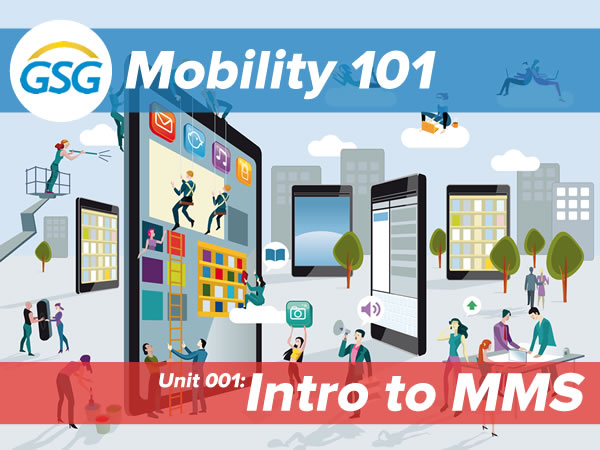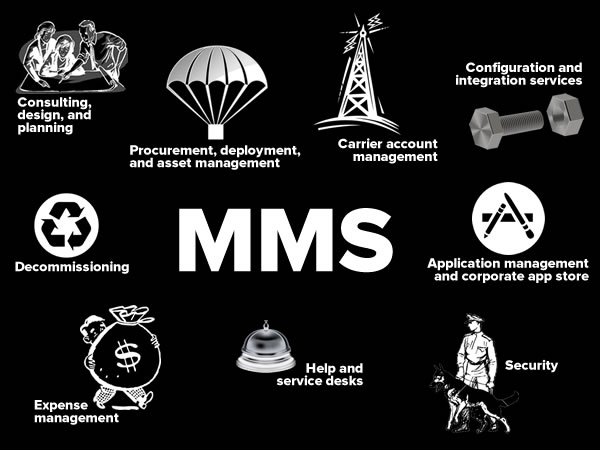Since Global Nerdy’s been so Apple-heavy as of late, I thought I’d offer this to those of you who are heavy into the Google love. I do try to be multi-platform, after all…
Click the graphic to see the Apple-fan-baiting at full size.

…the Samsung copier.

I captioned this picture after finding it and being reminded of Weinberg’s Second Law:
If builders built buildings the way programmers wrote programs, then the first woodpecker that came along would destroy civilization.
And then I thought: Didn’t he have some clever quips about consulting? A little searching found these gems I’d read about and forgotten:
Ah, Weinberg’s Laws of Consulting, from his 1985 book, The Secrets of Consulting:
For more of Jerry Weinberg’s wisdom on consulting (and writing, too!), check out his Secrets of Writing and Consulting blog.
Click the chart to see it at full size.
Feel free to use it in your articles and presentations; just credit us!
We’ve already hit the point where there are about as many mobile subscriptions as there are people. In Internet Trends 2014, Mary Meeker’s presentation for the venture capital firm Kleiner Perkins Caufield Byers, each new generation of computing carries ten times the installed base of the previous one. With desktop internet having reached one billion users and the current growth of mobile, the pattern looks like it will hold true, giving mobile 10 billion units/users.
Meeker’s presentation is a 164-slide gold mine of information and insight into the present and future of mobility. If you have anything at all to do with mobile tech, you’ll want to at least give it a quick read. We’re going to be consulting it regularly for the next little while, and doing things like taking this chart…
Click the graphic to read the report.
…and sprucing it up into the one at the top of this article.
Want to see more of our infographics? Keep an eye on our Pinterest page, which we’re using as a library for them. And yes, because we want to spread the knowledge, you can use our infographics in your own articles and presentations — just credit us.

Mobility 101 is our series of videos that covers various aspects of enterprise mobility: mobile technology, applications, services, and management. Over the next several weeks, we’ll be post a new video explaining some part of business mobility. We know that the last thing that you want to do is sit through another long, boring presentation, so we’ve made sure that every video is ten minutes or shorter and not like most of the stultifying slide decks you’ve had to suffer through. We’ve worked to make them entertaining as well as educational.

The first video is intro to MMS — what some call “Managed Mobility Services” and others call “Mobility Managed Services”. No matter what you call it, we’ll explain what it is, why businesses need it, and what its key components are. It’s 8 minutes, 18 seconds long, and we think you’ll like it:
In case you were wondering, that’s Yours Truly as the narrator.
All our videos can be found on GSG’s YouTube channel, and we’re going to post videos there often! The easy-to-remember URL for our channel is .
Click the photo to see the source.
Of all the geek T-shirts I saw at Ignite Tampa Bay 2014 last Thursday, “Data is the New Bacon” was my favourite. Apparently it’s Cloudera swag.

It wasn’t that long ago that we couldn’t use electronic devices during the first and last fifteen minutes of a commercial flight. The argument for the restriction was that the devices, which generate radio signals as a consequence of their circuitry operating at high frequencies, may cause interference with airplane circuitry and communications during the most critical phases of the flight: takeoff and landing.
The concern about such interference dates back to the early 1960s, when instruments on a commercial plane’s flight deck erroneously announced that it was off course and the culprit was believed to be a passenger’s FM radio. Since then, there’s been some uncertainty about whether or not personal electronics can play havoc with a plane’s avionics.
Over the past 50 years, nobody’s been able to show that a personal device can interfere with a plane’s systems, either in the lab or on flights. Hence the FAA’s recent reversal that now allows us to keep using our smartphones and tablets from gate to gate. Heavier devices, such as laptops, must still be put away during takeoff and landing, but that’s a concern about them being turned into projectiles in the event of really rough air or emergency maneuvers. I’m happy to be able to fire up my iPad and dive into a good book as soon as I’ve settled in and buckled up.
Straight from my “Why hadn’t I heard of this before?” file, here’s a gem from last summer: CollegeHumor’s video that attempts to answer the question “Why can’t we use personal electronics during takeoff and landing?” It’s funny and takes apart a lot of the rationale behind the ban, but be advised, there’s some swearing. Depending on your work environment, you may want to wait until you get out of the office to watch this or at least put on some headphones: